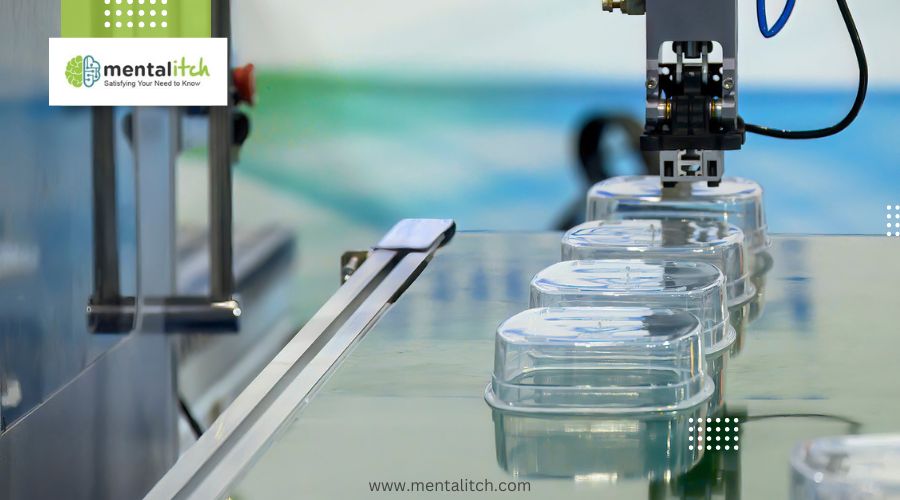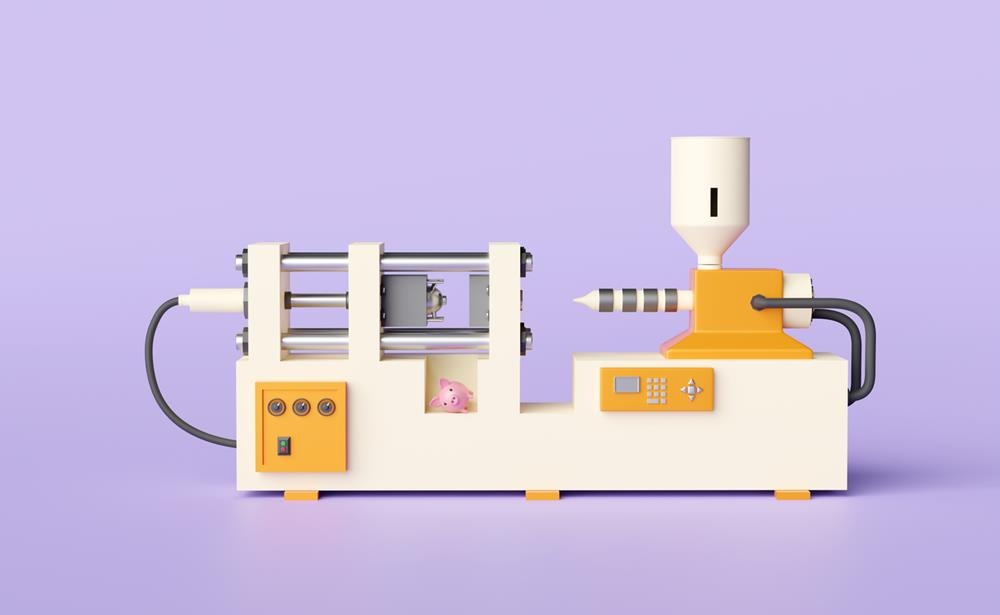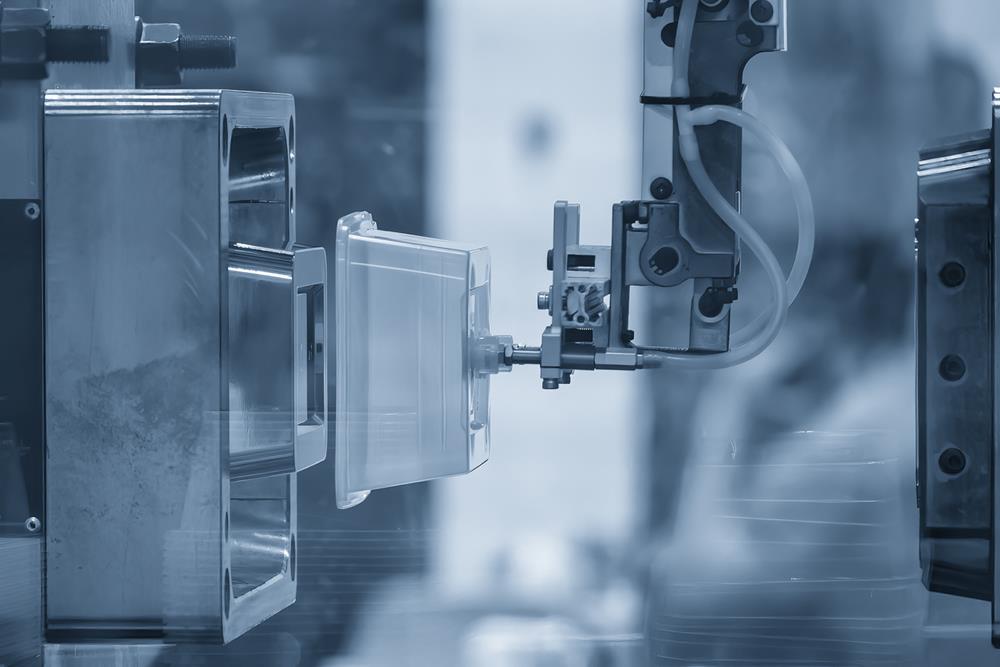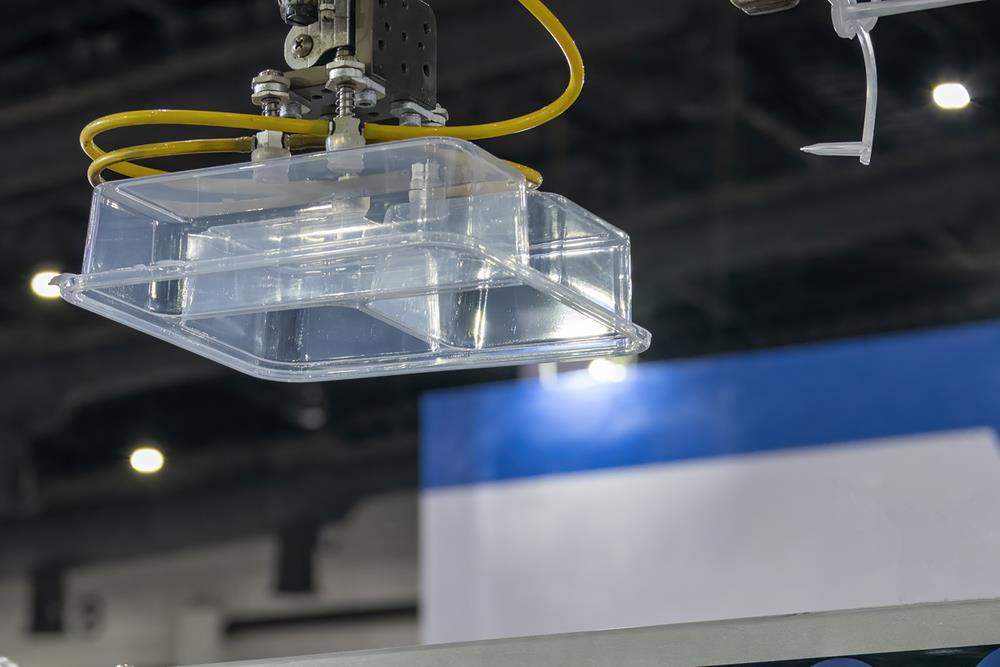This technique, known for its efficiency and versatility, transforms plastic into a myriad of products that we use daily, from simple household items to complex automotive components. The method involves melting plastic pellets and injecting the molten material into molds, where it cools and solidifies into the final product. This article will shed light on plastic injection moldings operations, the benefits it offers to manufacturers, and the vast array of goods it helps create.
Plastic Injection Molding Uses
The plastic injection molding technique is used mainly to produce a high number of custom plastic parts. So, if you are planning on running a company that will need a high volume of plastic components, then injection molding is the best option. Plastic injection molding machines are available in different sizes to handle different components of different sizes.
For example, large machines can mold a bigger component to be used in things such as cars. On the other hand, smaller machines can make very precise components such as the ones used in surgical equipment.
The plastic injection molding process also consists of the use of many types of additives and resins that help increase flexibility. This allows engineers and designers to mold even the most complicated shapes easily. Plastic injection machines are very expensive and are usually made of aluminum or steel. Let us look at a brief description of the injection molding process.
The Benefits of Plastic Injection Molding
Plastic injection molding is a highly efficient manufacturing process that offers a multitude of benefits for producing high-quality plastic parts and products. This method is favored by many industries for its reliability and the distinct advantages it provides over other manufacturing processes. From enhancing production efficiency to ensuring product consistency, here are some of the key benefits of plastic injection molding:
- High Efficiency and Productivity: Injection molding machines are capable of producing a large number of parts in a short amount of time. Once the mold is designed and created, the manufacturing process allows for quick production of parts, significantly reducing lead times.
- Consistency and High Quality: The precision of the injection molding process ensures that each part produced is virtually identical to the next. This level of consistency is crucial for products requiring uniformity and high quality, especially in industries like automotive and healthcare.
- Flexibility in Design: Plastic injection molding allows for a high degree of design flexibility. Complex shapes and intricate details can be easily molded, which might not be possible with other manufacturing processes. Additionally, the ability to use different types of plastics simultaneously can lead to innovative product designs.
- Strength and Durability: By adjusting the type of plastic used and the density of the material within the mold, manufacturers can create parts that meet specific strength and durability requirements. This is particularly beneficial for products that must withstand harsh conditions or heavy use.
- Cost-Effectiveness: While the initial cost of designing and creating molds can be high, the long-term cost savings are significant. The ability to produce large volumes of parts at a fast rate leads to lower per-unit costs, making injection molding an economically efficient choice for mass production.
- Reduced Waste: The precision of the injection molding process results in minimal waste, as the exact amount of plastic required is injected into the mold. Any excess plastic can often be recycled and reused, contributing to more sustainable manufacturing practices.
- Wide Range of Materials: A vast selection of plastic materials can be used in the injection molding process, each offering different characteristics and benefits. This variety allows manufacturers to choose the most suitable material based on the specific requirements of the product, such as flexibility, strength, or resistance to heat.
- Enhanced Appearance: The finish on injection molded parts is typically of high quality, requiring little to no additional finishing. The surface texture, color, and appearance can be customized during the molding process, allowing for aesthetically pleasing products right out of the mold.
Plastic injection molding continues to be a preferred method for manufacturing due to these comprehensive benefits. Its ability to produce durable, high-quality products efficiently and cost-effectively makes it a vital process in the production of a wide array of items we use in our daily lives.
Plastic Injection Molding Process
The plastic injection molding process is a sophisticated method used to create a wide range of products with precision and efficiency. This process involves several key steps, each critical to ensuring the final product meets the desired specifications and quality standards. Here, we break down the essential stages of the plastic injection molding process, providing insight into how raw materials are transformed into finished products.
1. Designing the Mold
The first step in the injection molding process is designing the mold. This requires careful planning and precision, as the molds design directly influences the quality and characteristics of the final product. Using computer-aided design (CAD) software, engineers create detailed plans for the mold, taking into account the materials properties, the parts geometry, and the desired finish.
2. Creating the Mold
Once the design is finalized, the mold is created. This is typically done using steel or aluminum, materials that can withstand the high pressures and temperatures of the injection molding process. The mold is machined with great precision to ensure that the cavities are the exact size and shape of the desired part.
3. Preparing the Plastic Material
The plastic material, usually in the form of pellets or granules, is prepared for injection. Depending on the products requirements, various types of plastic can be used, each offering different characteristics such as strength, flexibility, or heat resistance. The pellets are loaded into the injection molding machines hopper.
4. Melting the Plastic
The plastic pellets are then melted in the injection molding machine. The machine uses heat and pressure to convert the solid pellets into a molten state, ready for injection into the mold. The temperature and pressure must be precisely controlled to ensure the plastic is in the optimal condition for molding.
5. Injecting the Plastic
Once melted, the plastic is injected into the mold under high pressure. This stage is critical, as the speed and pressure of the injection can affect the quality of the final product. The molten plastic fills the mold cavities, taking on the shape of the desired part.
6. Cooling and Solidifying
After injection, the plastic within the mold begins to cool and solidify. This process must be carefully managed to prevent defects such as warping or shrinkage. The cooling time can vary depending on the thickness of the part and the type of plastic used.
7. Ejecting the Finished Product
Once the plastic has cooled and solidified, the finished part is ejected from the mold. Ejection mechanisms within the mold release the part, which is then removed from the machine. At this stage, the product may require additional processing, such as trimming excess plastic from the edges.
8. Inspecting and Finishing
The final step involves inspecting the finished parts for quality and accuracy. Any necessary finishing touches, such as painting, drilling, or surface finishing, are applied to meet the product specifications. After inspection and finishing, the products are ready for assembly or packaging.
Interesting Facts About Plastic Injection Molding
Beyond the well-known steps and benefits of this manufacturing process, there are numerous interesting facts and statistics that highlight the impact and significance of plastic injection molding. Here, we uncover some lesser-known aspects of plastic injection molding that offer a deeper appreciation for this transformative technology.
- Global Reach: The global market for injection molded plastics was valued at over $300 billion, showcasing the processs vast economic impact and its critical role in various industries, from automotive to healthcare.
- Material Versatility: There are more than 25,000 different types of injection molding plastic materials available, each offering unique properties for specific applications, demonstrating the processs adaptability to a wide range of product requirements.
- Recycling Capabilities: Plastic injection molding is conducive to using recycled materials, helping reduce waste and promote sustainability. Many companies that manufacture plastic parts incorporate recycled plastics into their production cycles, significantly lowering the environmental footprint of their products.
- Energy Efficiency: Modern injection molding machines are designed for energy efficiency, consuming up to 20% less energy than older models. This advancement not only reduces operational costs but also contributes to the industrys environmental sustainability efforts.
- Precision Manufacturing: The precision of plastic injection molding allows for tolerances as tight as 0.005 inches, making it possible to produce highly intricate and detailed parts that fit together perfectly, which is critical for the aerospace and medical device industries.
- Fast Production Times: Some injection molding machines can produce parts in as little as a few seconds, depending on the complexity and size of the part. This speed is unparalleled in the manufacturing sector, enabling rapid production and prototyping.
- Economic Impact: The plastic injection molding industry employs hundreds of thousands of people worldwide, from engineers and designers to machine operators, playing a significant role in the global economy.
- Innovative Mold Designs: Advances in mold design, such as the development of 3D-printed molds, have reduced costs and production times for prototypes and short-run batches, opening up new possibilities for innovation and customization.
- Longevity of Molds: High-quality steel molds used in injection molding can last for millions of cycles, making them a long-term investment that can produce vast quantities of parts over their lifespan.
- Automation Integration: Injection molding processes are increasingly incorporating automation and robotics for tasks like part removal and post-processing, enhancing efficiency and reducing labor costs while maintaining high levels of consistency and quality.
Conclusion
The process of plastic injection molding has empowered industries to produce high-quality parts and products at scale, meeting the ever-growing demands of the global market. From everyday household items to critical components in the automotive and medical fields, the impact of plastic injection molding is everywhere. Its ability to adapt to the needs of various sectors while minimizing waste and optimizing production times underscores its importance in todays manufacturing landscape.




